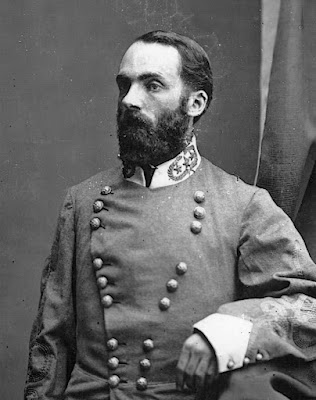The 51st Alabama Partisan Rangers and the Ride Around Rosecrans

A round dawn on December 30, 1862, General Joseph Wheeler’s cavalry brigade fell upon a Federal wagon train along the Jefferson Pike not far from LaVergne, Tennessee. Private William C. Dodson of Co. G, 51st Alabama Partisan Rangers recalled the chaos of the scene as Wheeler’s men put the wagons to the torch. “Prisoners running this way and that, hunting somebody to surrender to, army wagons blazing, guns opposing, mules braying, etc. Some of the wagons were loaded with ammunition and some were set fire to while the teams of 4-6 mules were yet hitched to them, and as the fire commenced to scorch the wheelers and the ammunition to explode, you can imagine about as wild a stampede as you can conceive of. When I first rode into the circus, I noticed a pair of miles that had broken loose from a wagon. They were still hitched to the double-tree; one had got entangled with the harness and was down with the other dragging him. As I rode out, I encountered the same pair of miles, one having ...







